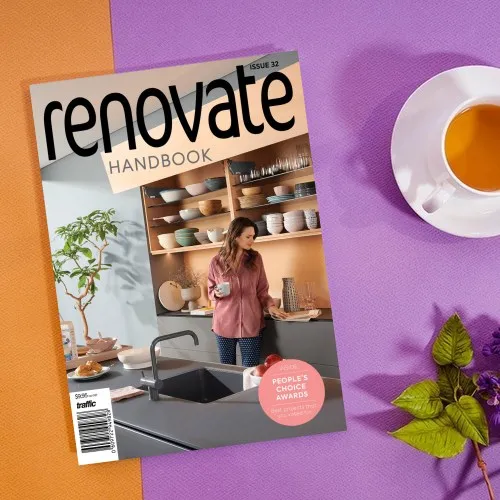How to protect your home against flooding
Floods can catch you by surprise. At Oncore, we believe preventative maintenance is your home's best defence.
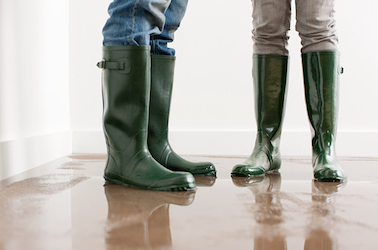
Floods can catch you by surprise. At Oncore, we believe preventative maintenance is your home’s best defence. Read on to learn more about improvements you can make to your home and surrounding property that will help protect against flooding and water damage.
Dry floodproofing vs. wet floodproofing
Dry floodproofing aims to prevent floodwaters from entering your home to begin with. When adhered to walls, sealants and membranes prevent water from seeping into your home's interior. Pressure is another lesser-considered threat of flood waters. Reinforcing your walls so they can stand up to the force of extreme flood waters is another dry floodproofing technique.
Wet floodproofing is how you can protect your property and reduce damage once water has already breached the dry floodproofing barriers. Using water-resistant materials and deploying functional strategies — for example, separating your upper and lower level electrical switches and installing a backflow prevention system so flood waters can’t enter your home through plumbing — are smart solutions that improve your home’s post-flood resilience.
Understanding your home’s flood risk
The first step to protecting your home is understanding its flood risk. If you haven’t lived in your home long enough to experience flood conditions, research your property’s flood history. Knowing details about how your property is affected by floods will help us make appropriate recommendations to protect it. Learn more about assessing your property’s flood history here.
Home maintenance to protect your property against floods
We’ve come up with a list of general improvements that will help make any interior flood-resistant. But if you’re interested in learning more about a customised mitigation strategy for your property, get in touch with an Oncore Branch Owner who can offer expert maintenance advice according to your specific needs.
Mount appliances and raise electrical ports
Wall-mounted washers and dryers are not only safer in flood zones, but they also allow for additional floor space and storage below. For larger appliances such as refrigerators and ranges, a platform can be built so they’re raised off the ground.
Electrical ports have traditionally been installed low to the ground. This creates an extreme hazard if your home floods. Raising the placement of your electrical ports to approximately 1.5m will put them further from the potential water line. The new height is also a more practical position for table lamps, device chargers, and other daily-use items.
Select water-resistant materials
Carpet and other porous materials are usually not salvageable after severe water damage. While new flooring can feel like a big spend, opting for hardwearing, flood-resistant materials such as concrete, LVT, or tile will end up being a great investment for homes that are at risk of flooding. Timber is another great option; it’s able to dry out after water damage and is fairly easy to salvage.
In the kitchen, porous cabinetry, MDF for example, can swell and warp well after water levels have subsided, so replacing them with a solid material can save you a headache down the line. Cedar and pine are naturally non-porous timber varieties and laminate, a resin-based material, is known to be water and moisture resistant.
Replace windows, doors, and walls
Many modern homes are already built with UPVC or fibreglass door and window frames. But if your home is a more traditional-style villa or bungalow, you may want to consider replacing the timber joinery with an updated flood-resistant material which also happens to be easier to clean!
Gib is a commonly used plasterboard made from water-soluble gypsum. Lime-based plasterboards, on the other hand, are a water-resistant alternative that may be worth installing throughout a flood-zoned home.
Fortify the exterior and optimise landscaping
Mild storms or even a burst water main can flood a property if the lawn slopes towards the home. Landscape gradients play a big role in flooding risk and regrading your lawn could mean the difference between a dry home and a hefty insurance claim. Dense, heavy soil containing clay or sand is ideal when regrading as it doesn’t absorb as much water and redirects runoff to appropriate drainage sites.
Water can seep through the tiniest cracks. Waterproof coatings can be applied to the foundation, walls, and even the door and window frames of your home to create a watertight seal, protecting against leakage and flood penetration.
Oncore is here to help. We offer free consultations so you can get your questions answered and feel confident knowing your maintenance is being handled by trusted experts. Get in touch with an Oncore Branch Owner to arrange your consultation and discuss the best solutions for your property.
Read Next
All Oncore franchises are independently owned and operated.
Processing...
Talk to a maintenance specialist today
Oncore specialises in doing everything related to taking care of your home, building or office. Get in touch today!

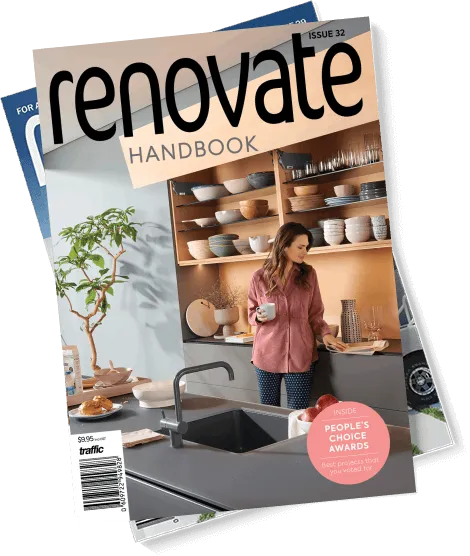
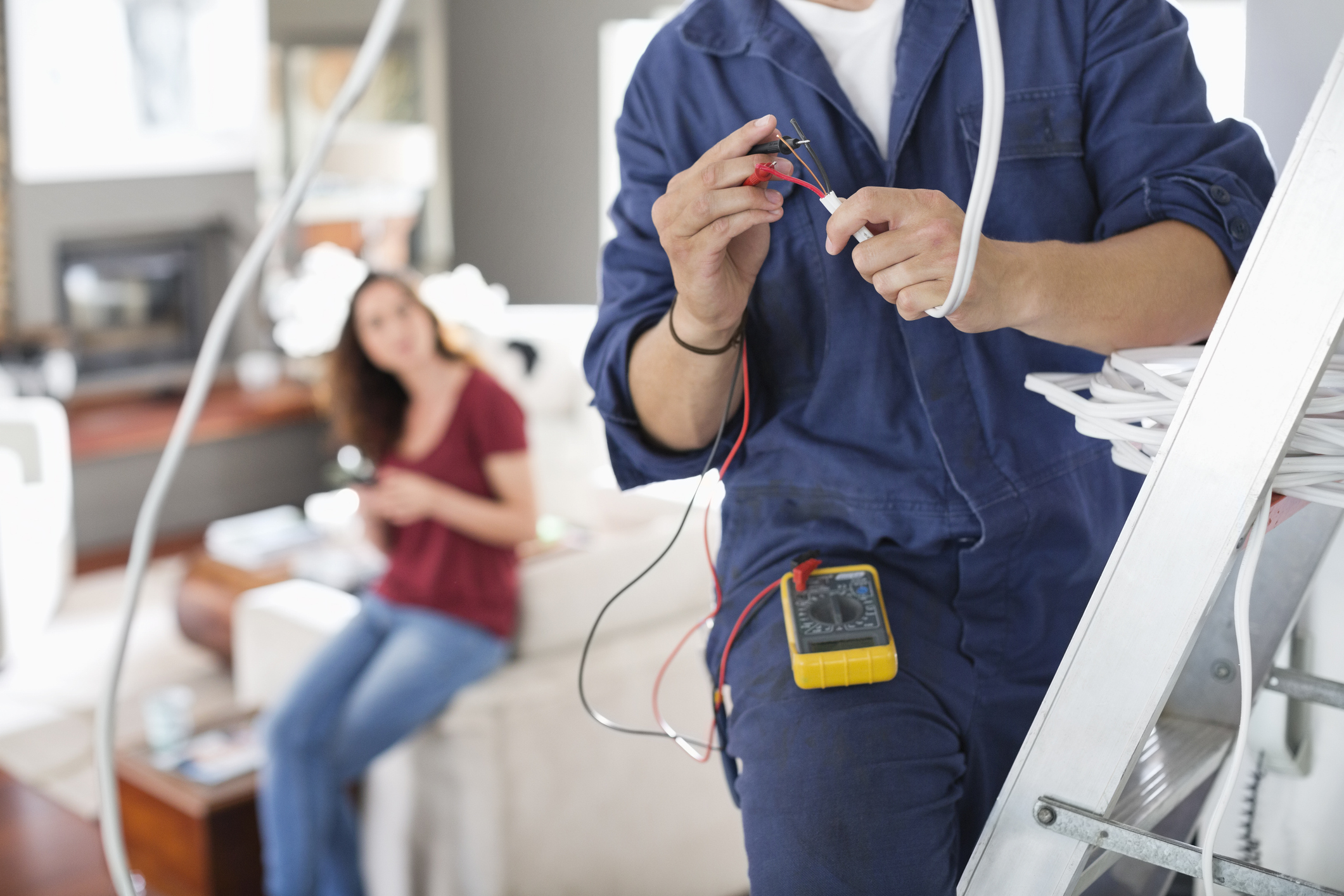
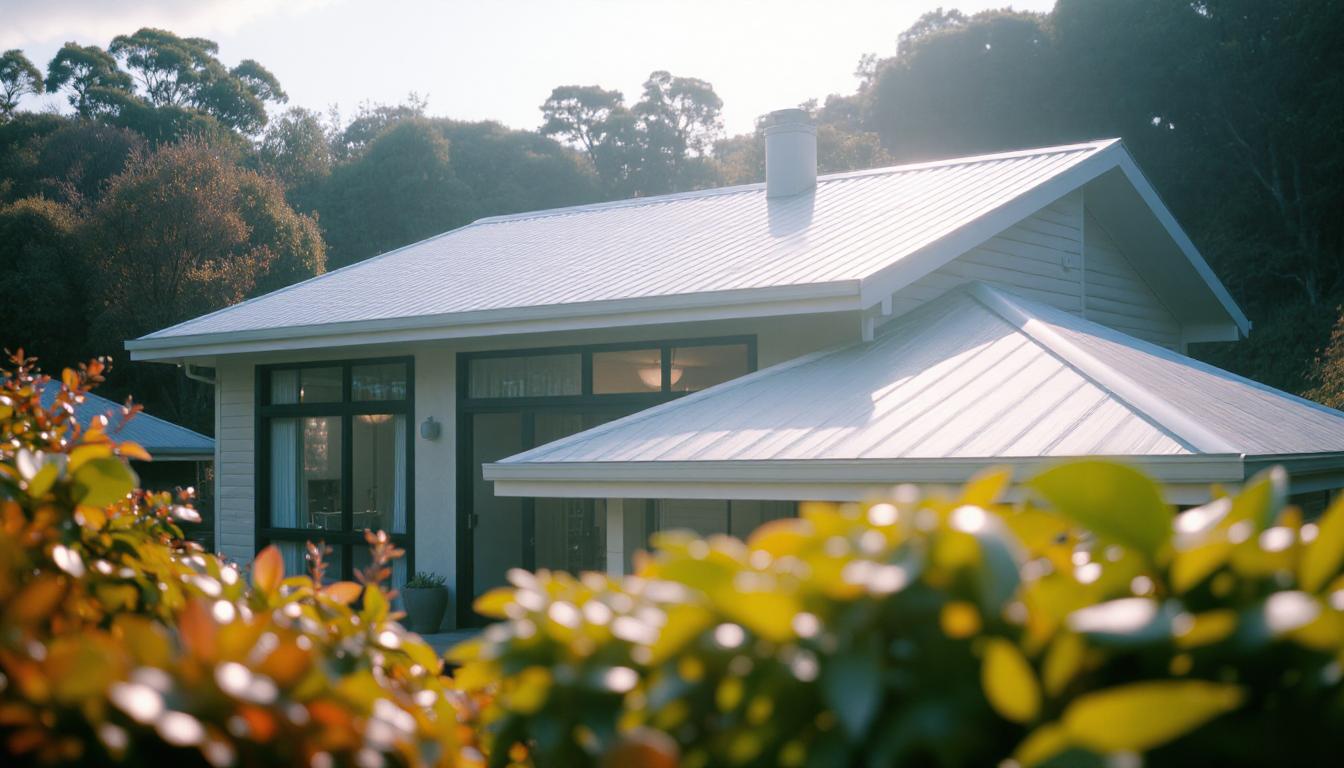
%20(1).jpg)
